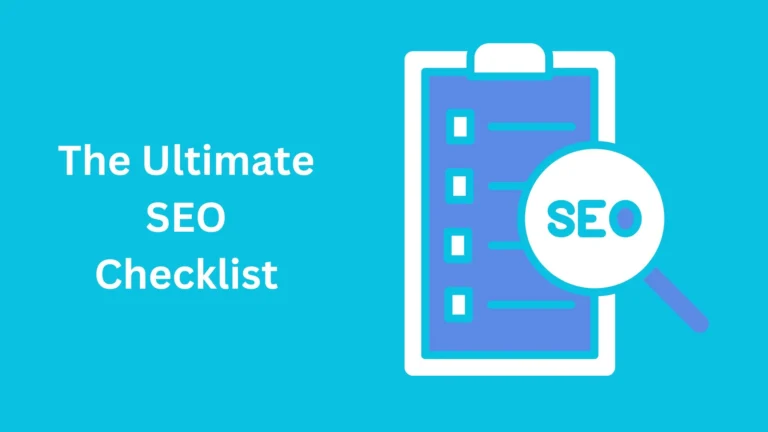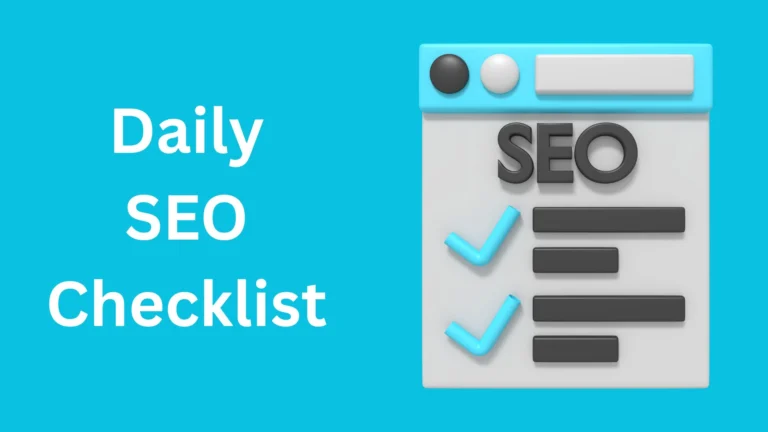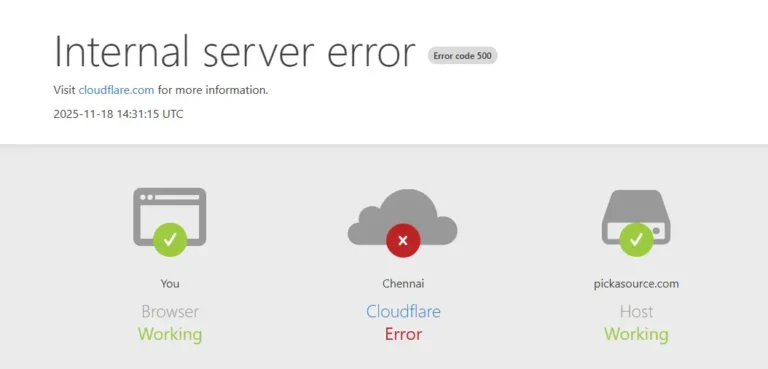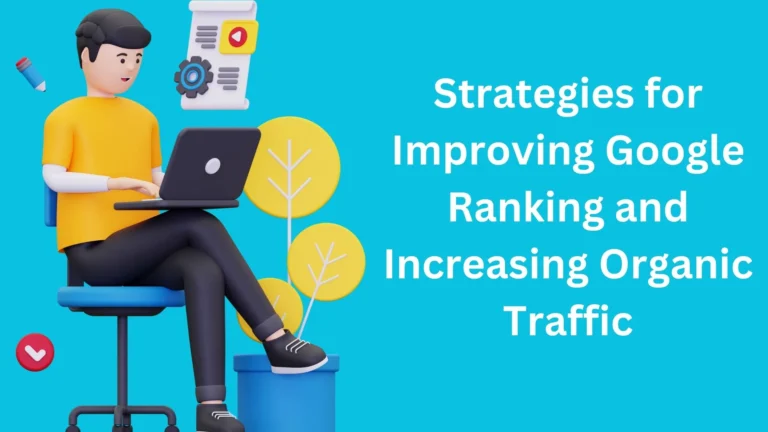SEO Strategies for Ranking Higher in Google in 2025

While 2024 is just around the corner, staying ahead of the curve in SEO is crucial. Google’s ever-evolving algorithms demand constant adaptation to maintain high search rankings. This guide explores key SEO tactics for 2025, empowering you to refine your strategies and climb the SERPs (search engine results pages).
Are you SEO Beginner?, Learn from the scratch
Content Remains King: Quality Over Quantity
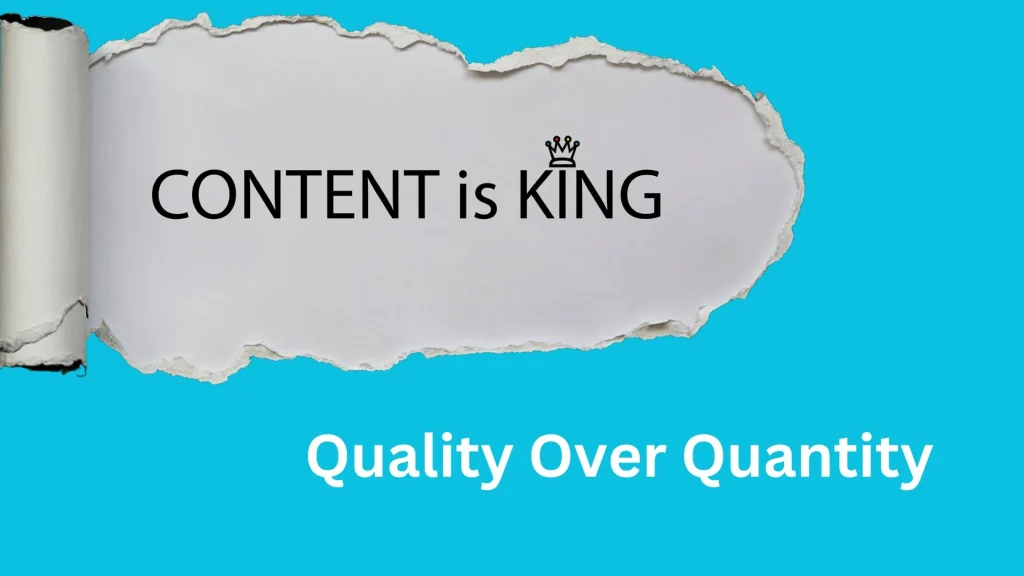
Fresh, informative, and engaging content is still paramount for Google in 2025. On-page SEO optimization is important, but without high-quality content, ranking well becomes an uphill battle. Google prioritizes unique website copy. Regardless of SEO techniques employed, content uniqueness is essential for both search engine ranking and user engagement. Avoid content cannibalization – creating content with repetitive themes and keywords across blogs and newsletters. This not only hinders organic traffic but also reduces user engagement.
To outrank competitors, focus on content that addresses user queries and delivers value. Content similar to existing top-ranking pages can negatively impact your SERP position. Google values trustworthy, fresh, and high-quality content. Ensure your content offers solutions and valuable insights. Subpar content can lead to reduced crawl rates by Googlebot, the program that indexes webpages. Content length also plays a significant role. Longer blog posts tend to rank higher, providing more value to readers and offering Google more to analyze for relevance.
The Rise of Artificial Intelligence in SEO

Artificial intelligence (AI) is a major digital trend impacting SEO. While its intricacies might seem confusing, AI’s influence on SEO is undeniable. AI-generated content may not yet surpass human-written content, but AI offers numerous benefits for ranking in 2024. AI’s exceptional speed can be leveraged for various SEO tasks, including keyword research, user behavior analysis, content topic identification, and content optimization.
Understanding Search Intent
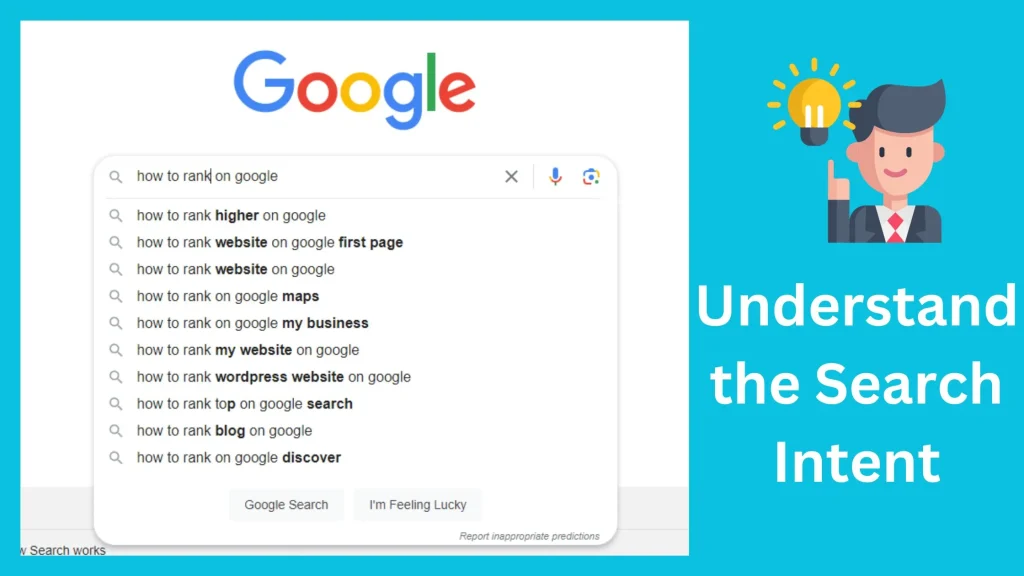
Search intent, the underlying reason behind a user’s search query, is a vital factor in Google’s ranking process. Each keyword carries a unique search intent. For instance, a search for “best Chinese food restaurants” yields listicles in the top results. To rank higher based on search intent, you need to understand the user’s goal behind the query. What information are they seeking? Understanding this will guide you in crafting content that aligns with their needs and solves their problems.
The Power of Backlinks: Building Credibility
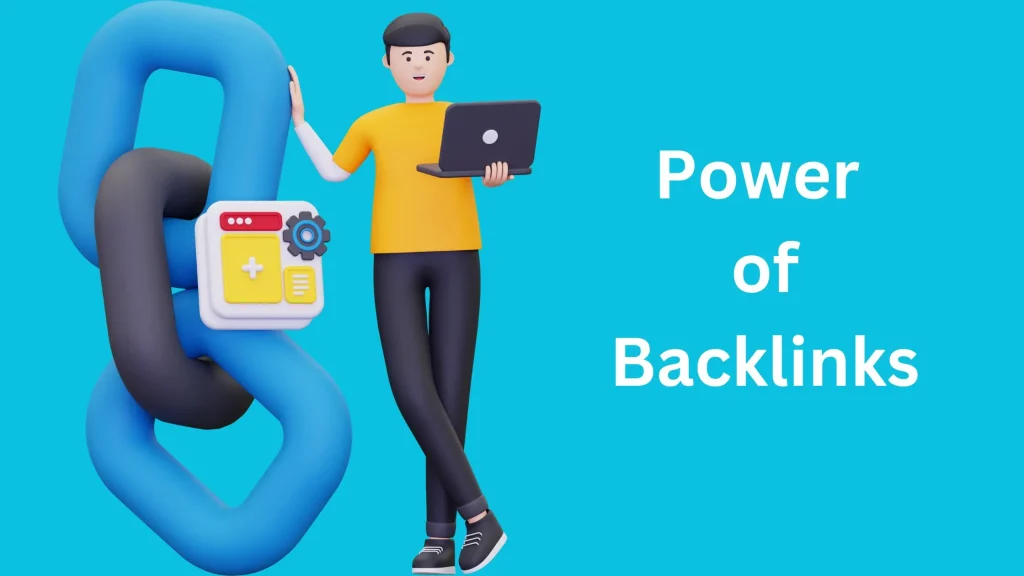
Backlinks, those crucial links from other websites to yours, remain a cornerstone of Google’s ranking algorithm. Without backlinks, generating organic traffic becomes difficult. High-quality backlinks from reputable websites significantly improve your ranking potential. Content goes hand-in-hand with backlinks. Websites lacking backlinks struggle to rank on the tenth page of search results, let alone the first.
Strategic Keyword Use

Keywords are fundamental building blocks for search engine ranking. To be discovered, your website needs relevant keywords – the terms users employ in their Google searches. Strategically incorporate these keywords throughout your website and blog posts. Google favors keyword inclusion. Consider including keywords in title tags to attract more viewers. Additionally, strategically place keywords throughout your content and optimize elements like image alt text and anchor text for internal linking to enhance clarity for search engines.
Mobile-First Indexing: A Must-Have

Since 2019, Google has prioritized mobile-friendliness. This shift reflects the surge in mobile phone usage, with over 5.27 billion individuals now using smartphones over desktops or laptops. A responsive website design is crucial. Mobile-first indexing means Google considers a website’s mobile version when ranking search results for mobile users. With over half the global internet population using mobile devices, simplified navigation menus are essential to ensure a seamless user experience on all screen sizes.
Core Web Vitals: Optimizing for Speed

In 2021, Google introduced Core Web Vitals, a new metric for assessing website quality. Core Web Vitals measure how quickly your website’s pages load, including response times for fonts and images. User experience is paramount, and slow loading times can lead to users abandoning your website before even seeing your content. Prioritize optimizing Core Web Vitals to ensure a fast and smooth user experience.
Domain Authority: Building Trust and Authority
Domain Authority (DA) is a metric developed by Moz that reflects your website’s authority and relevance for user search queries. Scores range from 1 to 100, with higher scores indicating greater authority. There are several ways to improve your DA, including creating high-quality content focused on industry-specific keywords. This strategy naturally attracts valuable backlinks as users discover your informative and relevant content.
Website Structure: A Clear Roadmap

A sitemap acts as a blueprint for your website, guiding search engines like Google to your content efficiently. A well-organized website structure ensures every page is easily accessible through internal links and navigation tools. This allows Google crawlers to effortlessly discover and index your website’s pages, improving discoverability for both you and search engines. A sitemap also pinpoints all the essential pages you want Google to prioritize, streamlining the crawling process.
Website Security: Building User Trust
Website security is now a critical Google ranking factor. Ensure your website uses HTTPS encryption, which scrambles data transmitted between your website and users’ browsers. If your website lacks HTTPS and an SSL certificate, consider implementing them to enhance user trust and potentially improve your ranking.
UX (User Experience): Keeping Users Engaged

A positive user experience (UX) can significantly influence your ranking. Google’s RankBrain AI program analyzes various ranking signals, including click-through rate (CTR), bounce rate, and dwell time, to assess your website’s UX. These metrics all contribute to understanding how enjoyable users find navigating your website. Prioritize creating an engaging and smooth user experience to keep visitors coming back for more.
E-A-T: Expertise, Authoritativeness, and Trustworthiness
We briefly mentioned E-A-T earlier. Let’s delve deeper. Google’s Search Quality Raters utilize a tool to evaluate the quality and authority of a webpage. Expertise, Authoritativeness, and Trustworthiness (E-A-T) are the pillars of this evaluation. The authority and expertise conveyed by your content significantly impact your ranking. Additionally, Google verifies the accuracy and reliability of the information you present. As a content creator, it’s crucial to maintain up-to-date information on your website to cater to users’ ever-evolving needs.
Conclusion: Stay Informed, Stay Ahead
By incorporating these SEO strategies, you’ll be well-equipped to tackle whatever Google throws your way in 2025. Remember, Google prioritizes informative, current, and visually-appealing content when curating search results pages. By following these tactics, you can establish yourself as a thought leader in your niche, achieve your website traffic goals, and ultimately drive conversions.
Continual Learning: The SEO Journey Never Ends
The SEO landscape is constantly evolving. Staying updated on the latest trends and Google algorithm updates is vital for long-term success. Regularly monitoring industry publications, attending SEO conferences, and participating in online SEO communities are all excellent ways to stay informed and adapt your strategies accordingly.
Remember, SEO is a marathon, not a sprint. By consistently creating high-quality content, optimizing your website for technical SEO factors, and building trust and authority, you can ensure your website thrives in the ever-changing world of search engine optimization.
Also visit our other blogs to understand SEO better
SEO checklist – A Complete Guide
B2B SEO – A Complete Guide
AI Search Rankings – A Complete Guide

With 5+ years of SEO experience, I’m passionate about helping others boost their online presence. I share actionable SEO tips for everyone—from beginners to experts.

